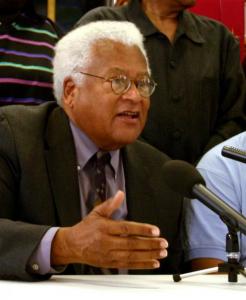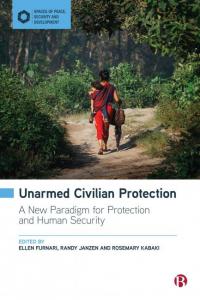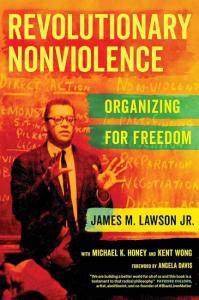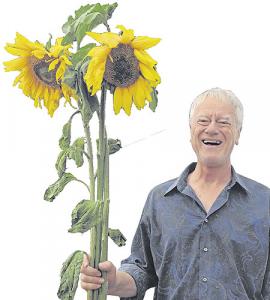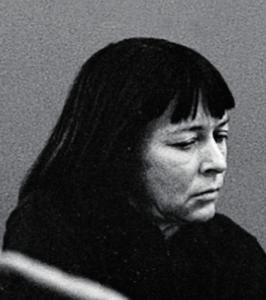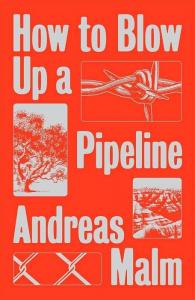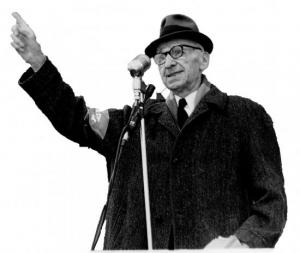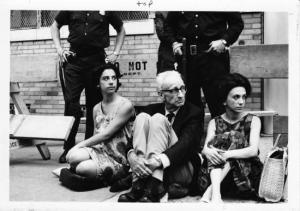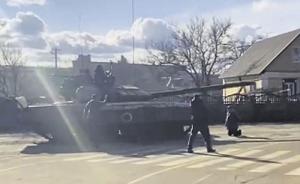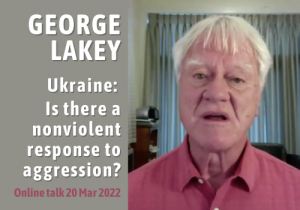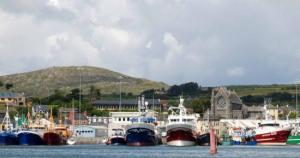James Lawson, who died in June aged 95, was described by Martin Luther King Jr. as ‘the greatest teacher of nonviolence in America.’
Best known for his activism during the US civil rights movement, Lawson travelled to the then segregated city of Nashville, Tennessee in the late 1950s, after King implored him to join the struggle.
Heavily influenced by Gandhi and working as a field secretary for the Fellowship of Reconciliation (FOR), Lawson started running regular workshops on…


